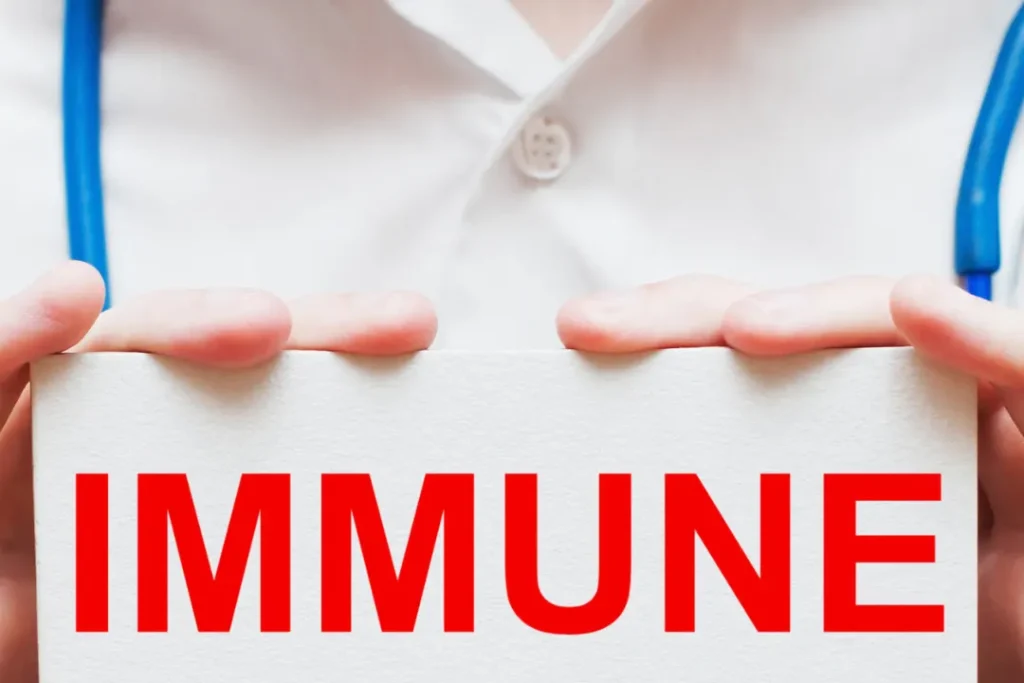Butterbur (Petasites hybridus) is a perennial shrub that may be found growing in damp woods, riverbanks, and wet marshes across most of Europe, Asia, and North America. The plant got its name because of its big, wide leaves, which were sometimes used to wrap butter in warm weather to keep it fresh. Although butterbur has been used in traditional medicine for many years, contemporary scientific study has shed more light on its potential health advantages, modes of action, recommended doses, adverse effects, and possible interactions with other medicines. These characteristics of butterbur are thoroughly reviewed in this article.
You May Also Like:
Keep Your Brain Young With the 5 Most Powerful Nootropic Supplements
Finding the Best Supplements for Brain Fog After COVID: 5 Top Brands Reviewed
Butterbur: Benefits, Dosage, Side Effects, Drug Interactions, and Other Important Information is an original (NootropicsPlanet) article.
Nature of Butterbur
The perennial shrub known as butterbur (Petasites hybridus) is noted for its big, rhubarb-like leaves and unique purple or pink flowers. It is native to areas of North America, Europe, and Asia. It flourishes in wet, marshy habitats like riverbanks and damp woodlands. The term “butterbur” comes from a time when butter was wrapped and preserved in the plant’s big leaves during the hot summer months.
Butterbur has been used in traditional medicine to treat a variety of conditions, including flu, the plague, coughs, and digestive problems. Due to their high concentration of bioactive substances like sesquiterpenes, especially petasin and isopetasin, the plant’s roots and rhizomes are the main sources of its therapeutic benefits.
Health Benefits of Butterbur
- Migraine Prophylaxis: Butterbur has a reputation for being a successful migraine preventative. A randomized, double-blind trial indicated that butterbur decreased the occurrence of migraines by around 48% in participants consuming a dosage of 75 mg twice a day for 4 months (Lipton et al., 2004).
- Allergy Symptom Relieving: The antihistaminic effects of butterbur have also shown potential in reducing allergy symptoms. According to research by Thomet et al. (2002), an extract of butterbur was just as good in easing allergic rhinitis symptoms as the antihistamine medication cetirizine, but without the sedative side effects.

The Chemistry of Butterbur
Sesquiterpenes, a type of terpenoid chemicals that includes petasin and isopetasin, are principally responsible for butterbur’s therapeutic efficacy. The plant’s rhizomes and roots have the greatest quantities of these bioactive components.
The majority of butterbur’s medicinal activities are thought to be conferred by the compounds petasin and isopetasin. The herb is effective in treating allergies and migraines because of its anti-inflammatory and antispasmodic properties. These substances also function as strong calcium channel blockers and alter the effects of leukotrienes, which are important inflammatory mediators in allergic rhinitis and bronchial asthma.
Physiological Mechanisms of Action of Butterbur
Investigating the pharmacodynamics of butterbur’s active ingredients, petasin, and isopetasin, is necessary to comprehend its physiological processes. These bioactive substances’ anti-inflammatory, antispasmodic, and antihistaminic activities have been the subject of substantial research.
- Inhibition of the generation and activation of pro-inflammatory mediators like leukotrienes is how petasin and isopetasin produce their anti-inflammatory effects. The treatment of diseases like allergies and asthma, where an excessive immune response causes inflammation and symptom presentation, depends on this process.
- Antispasmodic Mechanism: Butterbur’s capacity to block calcium channels is thought to be the cause of its antispasmodic actions. Butterbur efficiently prevents involuntary muscular spasms, especially those in the walls of blood arteries and bronchioles by blocking calcium’s entrance into muscle cells. Hence, calcium is a critical component in muscle contraction. This characteristic leads to its efficiency in treating respiratory issues and migraines.
- Antihistaminic Mechanism: The natural antihistamines petasin and isopetasin also function in this way. They help relieve common allergy symptoms like sneezing, itching, and nasal congestion by preventing the production of histamine, a substance your body produces during an allergic response.

Optimal Dosage of Butterbur
The best amount of butterbur to take depends on the illness being treated. A dose of 50–75 mg twice a day has been shown to be beneficial for migraine prevention. A dose of 50 mg twice a day is often advised for allergy relief. These doses, however, are based on standardized butterbur extract (Petadolex), which is devoid of pyrrolizidine alkaloids (PAs), that has the potential to be hepatotoxic. Other butterbur products’ safety and effectiveness could vary, underscoring the need for regulation and standards in herbal supplements.
Side Effects of Butterbur
The modest side effects of butterbur including burping, stomach distress, weariness, and itching, are often easily tolerated. However, butterbur plants naturally contain PAs, which, particularly when used over an extended period of time, may lead to hepatotoxicity and pulmonary hypertension. Thus, only butterbur products that have undergone PA removal processing need to be utilized.

Potential Substance Interactions with Butterbur
Due to its impact on the cytochrome P450 enzyme system, butterbur may interact with several drugs. Statins, calcium channel blockers, and certain antidepressants, which are processed by the CYP3A4 enzyme, may all be affected. Therefore, it is advised to only take butterbur with these medications after seeing a doctor and seeking professional medical advice.
Responsible Use of Butterbur
Butterbur’s possible hazards and advantages for health must be weighed in relation to one another. Use only butterbur products devoid of PA, and avoid long-term usage until further safety information is known. People with liver illness, children, and pregnant or nursing women shouldn’t use butterbur. Before beginning a butterbur program, like with any dietary supplement, it is imperative to speak with a healthcare professional.
Butterbur offers a potential natural treatment for ailments including allergies and migraines. These results need to be confirmed by more rigorous, controlled trials in order to show long-term safety and improve dose recommendations.
Butterbur:
Conclusion
Butterbur (Petasite hybridus) has a long history of traditional medicinal use. Its large, distinctive leaves and unique growth pattern make it easily recognizable and its well-known potential health benefits are in alleviating migraine headaches and relieving allergies. Butterbur had been tested for migraine in a trial and it had shown to decrease the occurrence of migraines. Additionally, these plant seems to provide antihistaminic effects without sedative side effects.
However, it’s essential to exercise caution when considering its use, as some parts of the plant contain toxic compounds that can be harmful if not properly processed. You should always refer to medical experts before beginning the supplemental regimen as we explore the potential of Butterbur for various health concerns. You must prioritize your safety and also ensure its appropriate and responsible use in improving well-being.

References:
- Butterbur, Uses, Side Effects and More. Retrieved From: https://www.webmd.com/vitamins/ai/ingredientmono-649/butterbur
- Petasites hybridus (Butterbur) is an effective preventive treatment for migraine. Retrieved From: https://n.neurology.org/content/63/12/2240
- The Common Butterbur (Petasites hybridus)–Portrait of A Medicinal Herb. Retrieved from: https://pubmed.ncbi.nlm.nih.gov/12808361/
Important Note: The information contained in this article is for general informational purposes only, and should not be construed as health or medical advice, nor is it intended to diagnose, prevent, treat, or cure any disease or health condition. Before embarking on any diet, fitness regimen, or program of nutritional supplementation, it is advisable to consult your healthcare professional in order to determine its safety and probable efficacy in terms of your individual state of health.
Regarding Nutritional Supplements Or Other Non-Prescription Health Products: If any nutritional supplements or other non-prescription health products are mentioned in the foregoing article, any claims or statements made about them have not been evaluated by the U.S. Food and Drug Administration, and such nutritional supplements or other health products are not intended to diagnose, treat, cure, or prevent any disease.


